Home>Furniture & Design>Bathroom Accessories>How Many Watts Does An Exhaust Fan Use
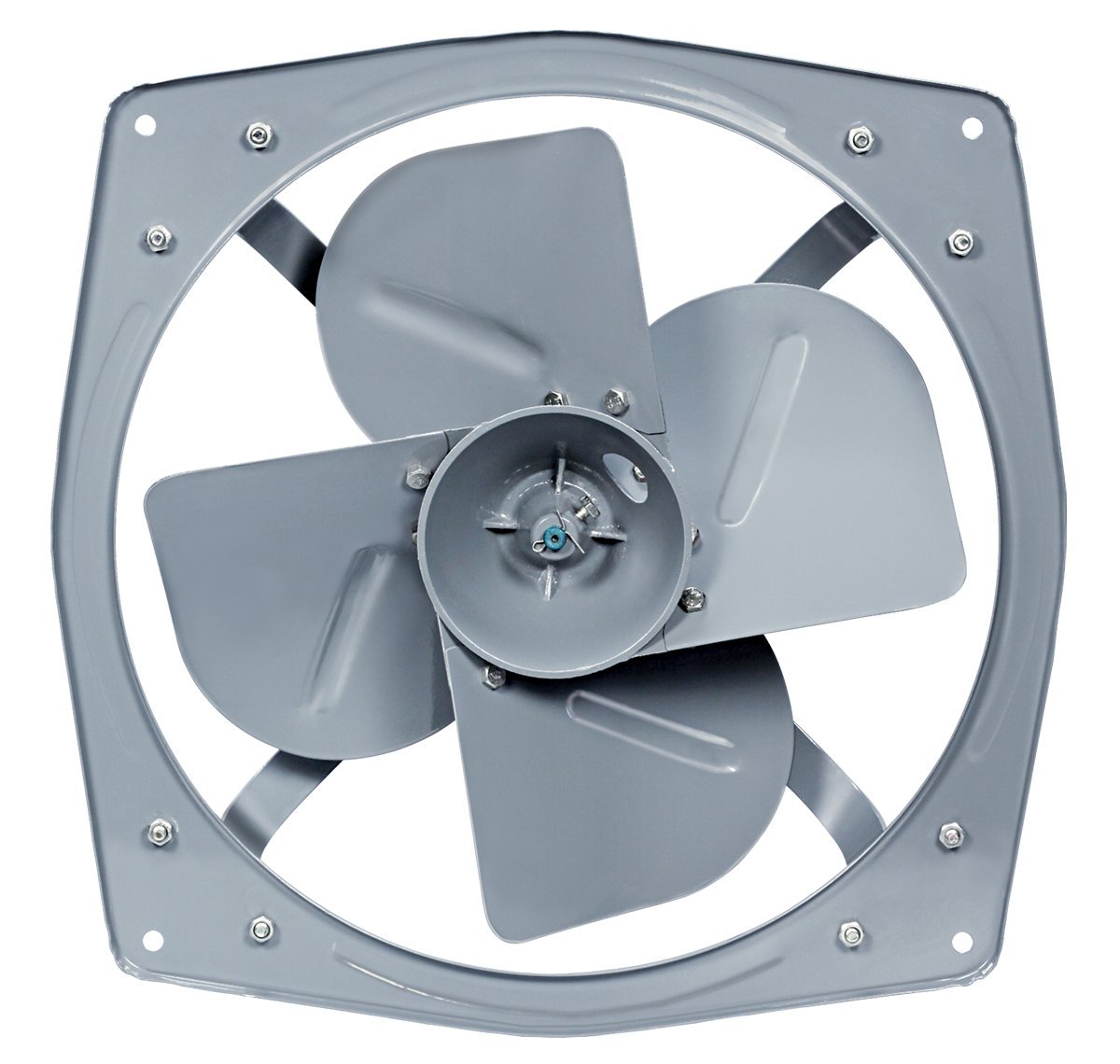

Bathroom Accessories
How Many Watts Does An Exhaust Fan Use
Modified: April 22, 2024
Discover the energy efficiency of bathroom exhaust fans. Learn how many watts these essential bathroom accessories use and make informed decisions for your home.
(Many of the links in this article redirect to a specific reviewed product. Your purchase of these products through affiliate links helps to generate commission for Storables.com, at no extra cost. Learn more)
Introduction
When it comes to maintaining a comfortable and healthy bathroom environment, an exhaust fan plays a crucial role. This often-overlooked bathroom accessory serves as a silent hero, quietly whisking away excess moisture, odors, and airborne impurities. However, have you ever wondered about the energy consumption of these seemingly unassuming devices? Understanding the power usage of exhaust fans is essential for making informed decisions about energy efficiency and cost savings.
In this comprehensive guide, we will delve into the world of exhaust fans, shedding light on their power consumption, average wattage, and factors that influence energy usage. By the end of this article, you will have a clear understanding of how exhaust fans impact your energy bills and how you can optimize their usage to minimize power consumption.
Let's embark on a journey to demystify the energy usage of exhaust fans and explore practical tips for maximizing their efficiency. Whether you're a homeowner seeking to reduce energy costs or a curious individual eager to learn more about household appliances, this guide will equip you with valuable insights into the power consumption of exhaust fans.
Key Takeaways:
- Exhaust fans’ power usage varies based on factors like size, motor efficiency, and usage patterns. Understanding these factors helps homeowners optimize energy efficiency and minimize electricity costs.
- Choosing energy-efficient exhaust fans with lower wattage, utilizing timers, and maintaining the fan can significantly reduce power consumption while ensuring a healthy and comfortable bathroom environment.
Read more: How Many Watts Does A Fan Use
Understanding Exhaust Fans
Exhaust fans are essential components of any well-designed bathroom, serving a vital purpose beyond mere ventilation. These unobtrusive devices are engineered to expel excess moisture, unpleasant odors, and airborne impurities from the bathroom, contributing to a healthier and more comfortable living environment. By effectively removing humidity and odors, exhaust fans help prevent mold and mildew growth while maintaining air quality.
In operation, exhaust fans draw in the humid air and odors from the bathroom, expelling them outside through a duct. This process not only reduces moisture levels but also eliminates unpleasant smells, making the bathroom a more inviting space. Additionally, exhaust fans play a crucial role in preventing the accumulation of airborne contaminants, such as dust and chemicals, which can compromise indoor air quality.
Modern exhaust fans are designed with various features to enhance their functionality. Some models incorporate humidity sensors, automatically activating the fan when moisture levels rise, while others are equipped with energy-efficient motors for quiet and efficient operation. Furthermore, advancements in fan design have led to the development of sleek and stylish options that complement the aesthetics of contemporary bathrooms.
Understanding the role of exhaust fans goes beyond their basic function of removing moisture and odors. These devices contribute to the overall well-being of occupants by promoting a healthier indoor environment. By comprehending the significance of exhaust fans in maintaining air quality and preventing moisture-related issues, homeowners can make informed decisions regarding their selection and usage.
In the next section, we will explore the factors that influence the power consumption of exhaust fans, shedding light on the average wattage and energy efficiency of these indispensable bathroom accessories.
Factors Affecting Power Consumption
The power consumption of exhaust fans is influenced by various factors, each playing a significant role in determining the energy usage of these essential bathroom accessories. Understanding these factors is crucial for optimizing the efficiency of exhaust fans and minimizing energy costs.
-
Fan Size and Capacity: The size and capacity of an exhaust fan directly impact its power consumption. Larger fans designed for spacious bathrooms or areas with high moisture levels typically require more power to effectively expel air and maintain optimal ventilation. Conversely, smaller fans intended for compact bathrooms consume less energy due to their lower airflow capacity.
-
Motor Efficiency: The efficiency of the fan motor is a key determinant of power consumption. Modern exhaust fans are equipped with energy-efficient motors that minimize energy wastage while delivering reliable performance. High-quality motors with advanced design features contribute to reduced power usage, making them an essential consideration for energy-conscious consumers.
-
Usage Patterns: The frequency and duration of exhaust fan usage significantly affect power consumption. Homes with consistent or prolonged use of exhaust fans, especially in high-humidity environments, may experience higher energy consumption. Conversely, mindful usage, such as activating the fan only during and shortly after bathing, can contribute to lower overall power usage.
-
Ductwork and Ventilation Design: The design and condition of the ventilation ductwork impact the workload of the exhaust fan. Well-designed duct systems with minimal bends and obstructions allow for efficient airflow, reducing the strain on the fan motor and subsequently lowering power consumption. Conversely, obstructed or inefficient ductwork can lead to increased energy usage as the fan works harder to expel air.
-
Humidity and Moisture Levels: The prevailing humidity and moisture levels in the bathroom directly influence the workload of the exhaust fan. In environments with consistently high moisture, such as bathrooms without adequate ventilation or those used frequently for hot showers, the fan may operate more frequently and for longer durations, resulting in higher power consumption.
By considering these factors, homeowners can make informed decisions regarding the selection, usage, and maintenance of exhaust fans to optimize energy efficiency and minimize power consumption. In the subsequent section, we will delve into the average wattage of exhaust fans, providing valuable insights into their energy usage.
Average Wattage of Exhaust Fans
The average wattage of exhaust fans serves as a crucial metric for understanding their energy consumption and impact on household electricity usage. Typically, exhaust fans are designed to operate within a specific wattage range, influenced by factors such as fan size, motor efficiency, and ventilation requirements.
In general, the wattage of exhaust fans can vary widely based on their size and capacity. Smaller, compact fans designed for modest-sized bathrooms or powder rooms often have lower wattage ratings, typically ranging from 10 to 40 watts. These fans are engineered to efficiently ventilate smaller spaces while minimizing energy usage, making them ideal for areas with limited ventilation requirements.
On the other hand, larger exhaust fans intended for spacious bathrooms, high-humidity environments, or commercial applications may have higher wattage ratings, typically ranging from 40 to 100 watts or more. These robust fans are equipped with powerful motors and enhanced airflow capacity to effectively expel moisture and odors from larger areas, contributing to optimal ventilation and air quality.
Furthermore, advancements in fan motor technology have led to the development of energy-efficient exhaust fans with lower wattage ratings. These modern fans incorporate high-performance motors that deliver superior ventilation while consuming minimal energy, aligning with the growing emphasis on sustainability and energy conservation.
It's important to note that the average wattage of exhaust fans represents their power consumption during operation. By understanding the wattage ratings of different fan models, homeowners can make informed decisions when selecting an exhaust fan that aligns with their ventilation needs and energy efficiency goals.
In essence, the average wattage of exhaust fans provides valuable insight into their energy usage, allowing consumers to assess the impact on their electricity consumption and make conscious choices to optimize energy efficiency. By considering the wattage of exhaust fans in relation to their ventilation requirements, homeowners can effectively manage power consumption while maintaining a healthy and comfortable bathroom environment.
In the subsequent section, we will explore the significance of energy efficiency and cost savings associated with exhaust fans, shedding light on practical measures to minimize power consumption and maximize efficiency.
When choosing an exhaust fan, look for the wattage information on the packaging or product specifications. This will tell you how many watts the fan uses, helping you to estimate its energy consumption and operating costs.
Energy Efficiency and Cost Savings
Energy efficiency is a pivotal consideration for homeowners seeking to minimize electricity consumption and reduce utility costs. When it comes to bathroom accessories, including exhaust fans, prioritizing energy-efficient models can lead to substantial cost savings while promoting sustainable living practices.
Modern exhaust fans are designed with a focus on energy efficiency, incorporating advanced features that optimize ventilation performance while minimizing power consumption. Energy-efficient exhaust fans often utilize high-performance motors, aerodynamic fan blades, and intelligent control systems to deliver superior airflow with reduced energy usage. By harnessing innovative technologies, these fans effectively expel moisture and odors from the bathroom while operating in an energy-conscious manner.
The adoption of energy-efficient exhaust fans translates to tangible cost savings for homeowners. By consuming less electricity during operation, these fans contribute to lower energy bills, aligning with the overarching goal of reducing household expenses. Additionally, the long-term impact of energy-efficient appliances extends to environmental conservation, as reduced energy consumption corresponds to lower carbon emissions and a smaller ecological footprint.
In the pursuit of cost savings and energy efficiency, homeowners can explore various strategies to optimize the usage of exhaust fans. Simple yet effective measures, such as utilizing timers or humidity sensors to regulate fan operation, can minimize unnecessary energy usage while maintaining adequate ventilation. Additionally, periodic maintenance, including cleaning fan blades and ensuring unobstructed airflow, contributes to optimal fan performance and energy efficiency.
Furthermore, the selection of energy-efficient exhaust fans with lower wattage ratings can significantly impact overall electricity consumption. By choosing models that align with the ventilation requirements of the bathroom while prioritizing energy efficiency, homeowners can achieve a balance between optimal air quality and reduced power usage.
In essence, the pursuit of energy efficiency and cost savings in the context of exhaust fans underscores the importance of informed decision-making and sustainable living practices. By embracing energy-efficient models and implementing mindful usage habits, homeowners can effectively manage power consumption while reaping the benefits of a healthier, more comfortable bathroom environment.
The journey toward energy efficiency and cost savings is a continuous endeavor, marked by conscious choices and a commitment to sustainable living. Through the integration of energy-efficient exhaust fans and the adoption of practical measures to minimize power consumption, homeowners can embark on a path toward reduced energy costs and environmental stewardship.
Read more: How Many Watts Does A Ceiling Fan Use
Tips for Reducing Power Consumption
-
Mindful Usage: Optimize the usage of your exhaust fan by activating it only during and shortly after bathing. This targeted approach ensures effective moisture and odor removal while minimizing unnecessary energy consumption.
-
Utilize Timers and Sensors: Consider installing timers or humidity sensors to automate the operation of your exhaust fan. Timers allow you to set specific durations for fan usage, preventing prolonged operation and conserving energy. Humidity sensors activate the fan when moisture levels rise, ensuring efficient ventilation without continuous energy consumption.
-
Regular Maintenance: Keep your exhaust fan in optimal condition by performing regular maintenance. Clean the fan blades to prevent dust buildup, which can impede airflow and lead to increased power usage. Additionally, ensure that the ventilation ductwork is free from obstructions, allowing the fan to operate efficiently.
-
Select Energy-Efficient Models: When replacing or upgrading your exhaust fan, prioritize energy-efficient models with lower wattage ratings. These modern fans are designed to deliver superior ventilation performance while consuming minimal energy, contributing to long-term cost savings and reduced electricity usage.
-
Optimize Ventilation Design: Evaluate the design and layout of your bathroom's ventilation system. Ensure that the ventilation ductwork is designed for efficient airflow, minimizing the workload on the exhaust fan and reducing power consumption. Consider consulting a professional to assess and optimize your ventilation system for enhanced energy efficiency.
-
Consider Alternative Ventilation Methods: In addition to exhaust fans, explore alternative ventilation methods such as operable windows or natural ventilation strategies. By harnessing natural airflow when feasible, you can reduce reliance on the exhaust fan, leading to lower overall energy consumption.
-
Upgrade to LED Lighting: If your exhaust fan incorporates lighting features, consider upgrading to energy-efficient LED bulbs. LED lighting consumes less energy than traditional incandescent bulbs, contributing to reduced electricity usage and aligning with sustainable lighting practices.
By implementing these practical tips, homeowners can effectively reduce the power consumption of their exhaust fans while maintaining optimal ventilation and air quality in the bathroom. These measures not only contribute to cost savings but also align with sustainable living practices, promoting energy efficiency and environmental stewardship.
Conclusion
In conclusion, the power consumption of exhaust fans is a significant consideration for homeowners seeking to optimize energy efficiency and minimize electricity usage. Throughout this comprehensive guide, we have explored the essential role of exhaust fans in maintaining a healthy and comfortable bathroom environment, while shedding light on the factors influencing their power consumption and average wattage.
Understanding the intricate relationship between fan size, motor efficiency, usage patterns, ventilation design, and prevailing humidity levels is pivotal in making informed decisions regarding the selection, usage, and maintenance of exhaust fans. By considering these factors, homeowners can effectively manage power consumption while ensuring optimal ventilation and air quality in the bathroom.
The average wattage of exhaust fans serves as a valuable metric for assessing their energy usage, providing consumers with insights into the impact on electricity consumption and the potential for cost savings. From compact, low-wattage fans suitable for smaller bathrooms to robust, high-capacity fans designed for larger spaces, the diverse range of exhaust fan options allows homeowners to align ventilation requirements with energy efficiency goals.
Furthermore, the pursuit of energy efficiency and cost savings underscores the importance of embracing modern, energy-efficient exhaust fans equipped with advanced features that minimize power consumption without compromising ventilation performance. By integrating practical measures such as mindful usage, automated controls, regular maintenance, and the selection of energy-efficient models, homeowners can effectively reduce power consumption while promoting sustainable living practices.
In essence, the journey toward optimizing the power consumption of exhaust fans is marked by informed decision-making, conscious usage habits, and a commitment to energy efficiency. By leveraging the insights and tips presented in this guide, homeowners can embark on a path toward reduced energy costs, enhanced environmental stewardship, and a healthier, more comfortable bathroom environment.
As we navigate the realm of household appliances and energy-conscious living, the power consumption of exhaust fans stands as a testament to the impact of informed choices on energy efficiency and cost savings. By embracing sustainable practices and leveraging the advancements in exhaust fan technology, homeowners can create a harmonious balance between optimal ventilation and minimized power usage, contributing to a greener and more energy-efficient home.
In the pursuit of energy efficiency and cost savings, the power consumption of exhaust fans serves as a pivotal consideration, guiding homeowners toward conscious decisions that benefit both their household budget and the environment.
Frequently Asked Questions about How Many Watts Does An Exhaust Fan Use
Was this page helpful?
At Storables.com, we guarantee accurate and reliable information. Our content, validated by Expert Board Contributors, is crafted following stringent Editorial Policies. We're committed to providing you with well-researched, expert-backed insights for all your informational needs.
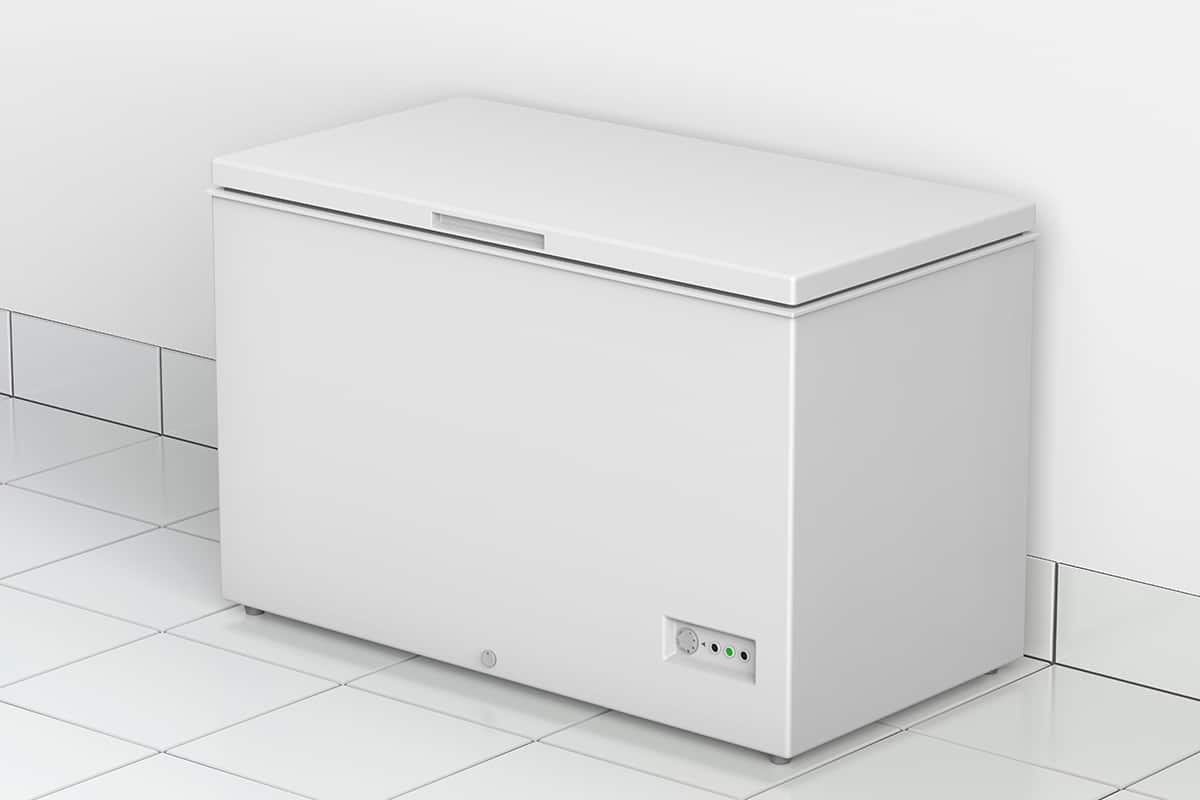
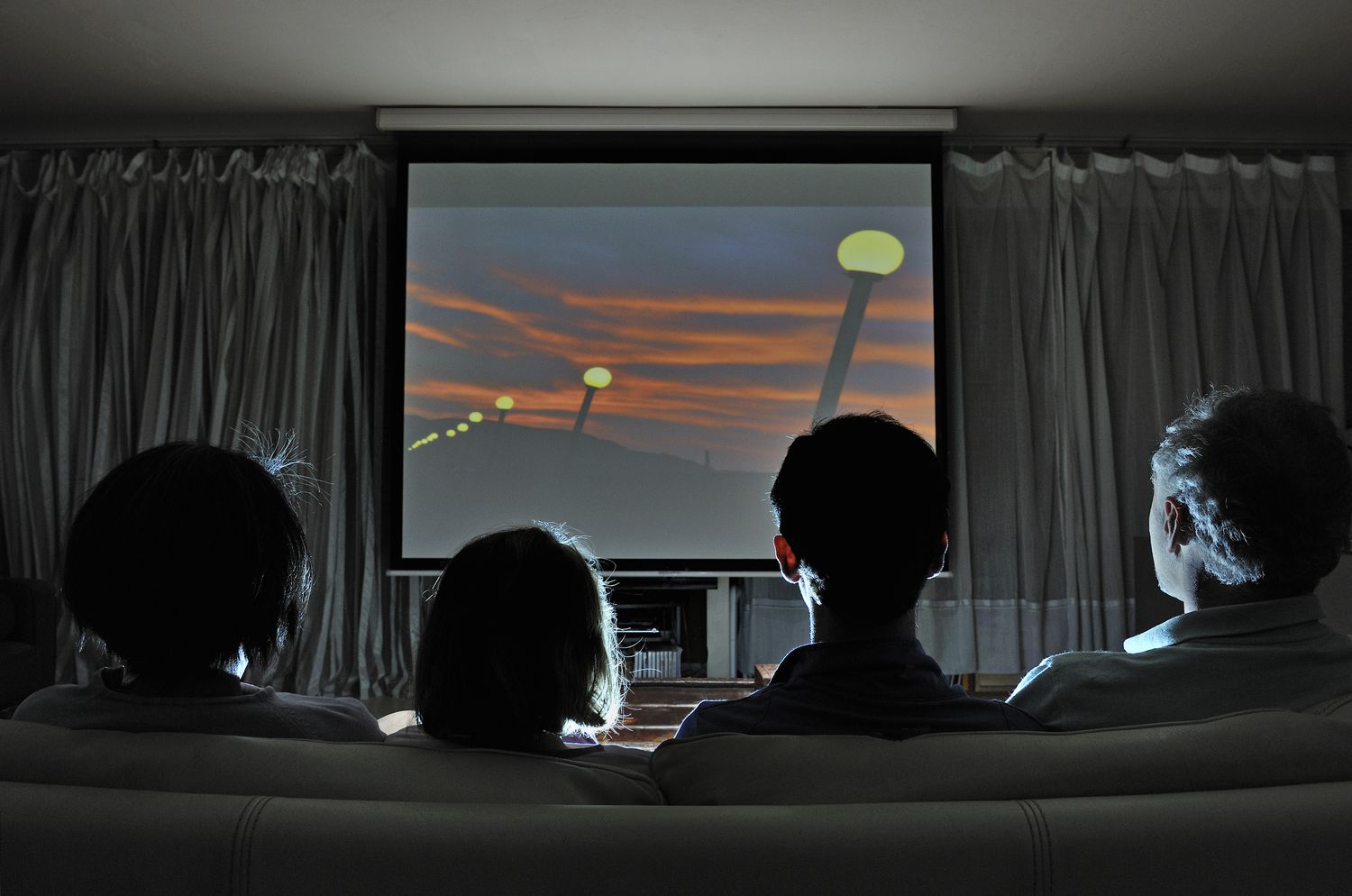
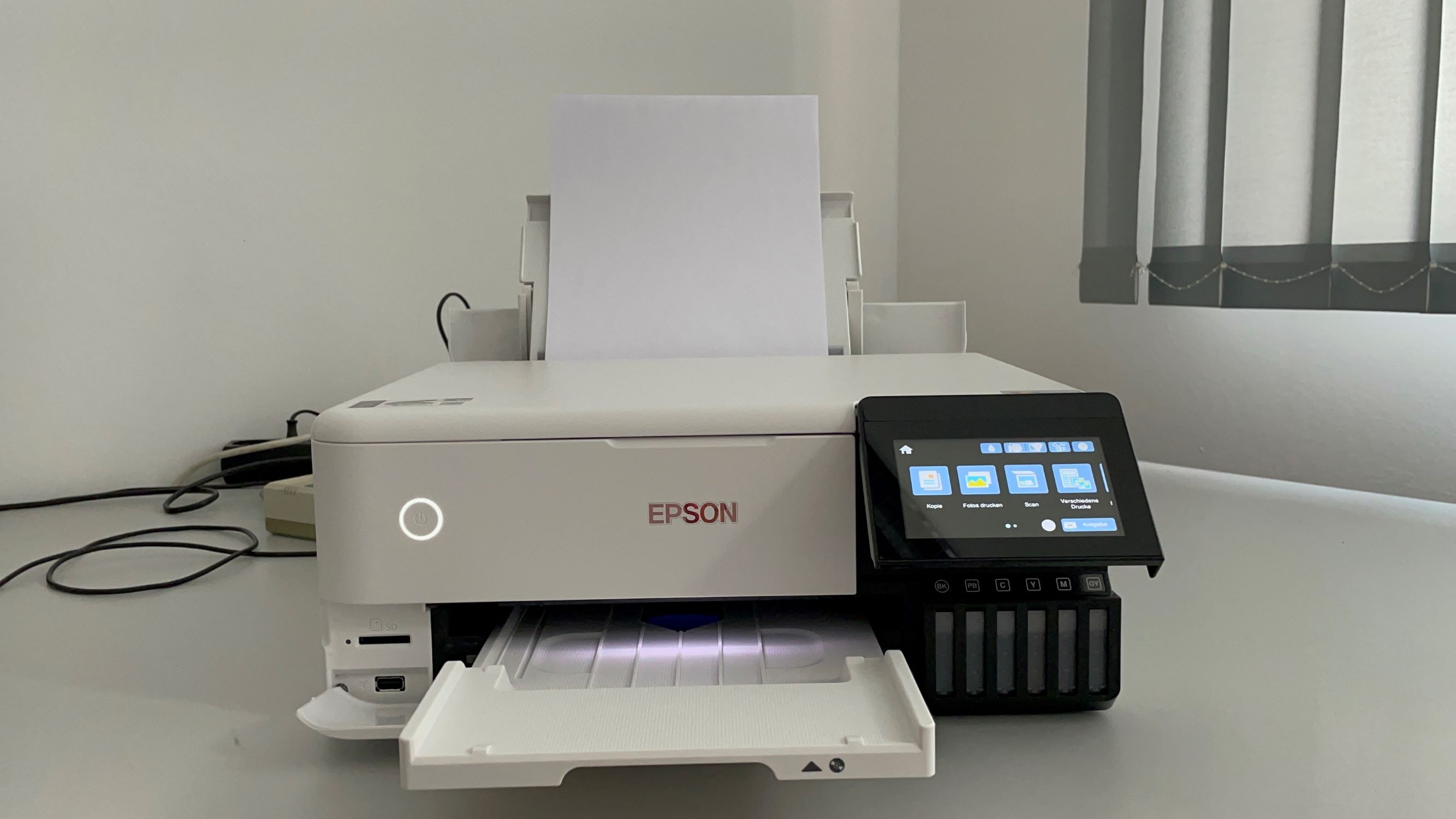

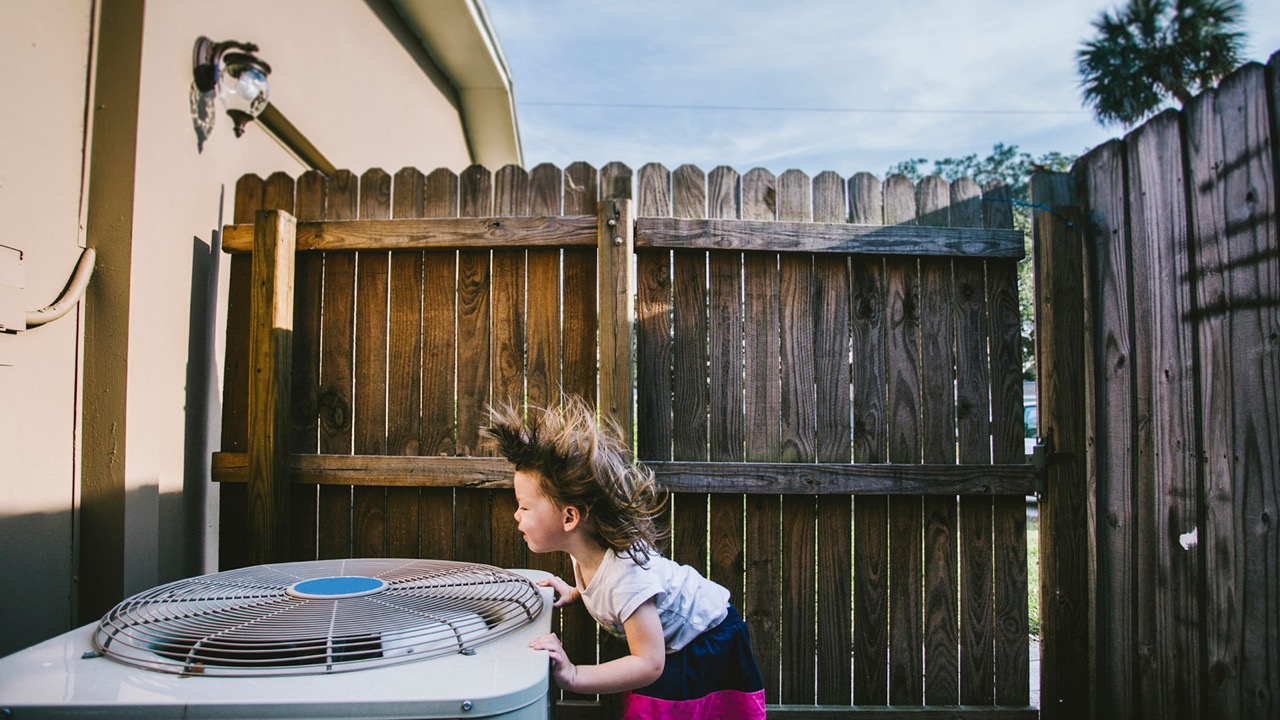
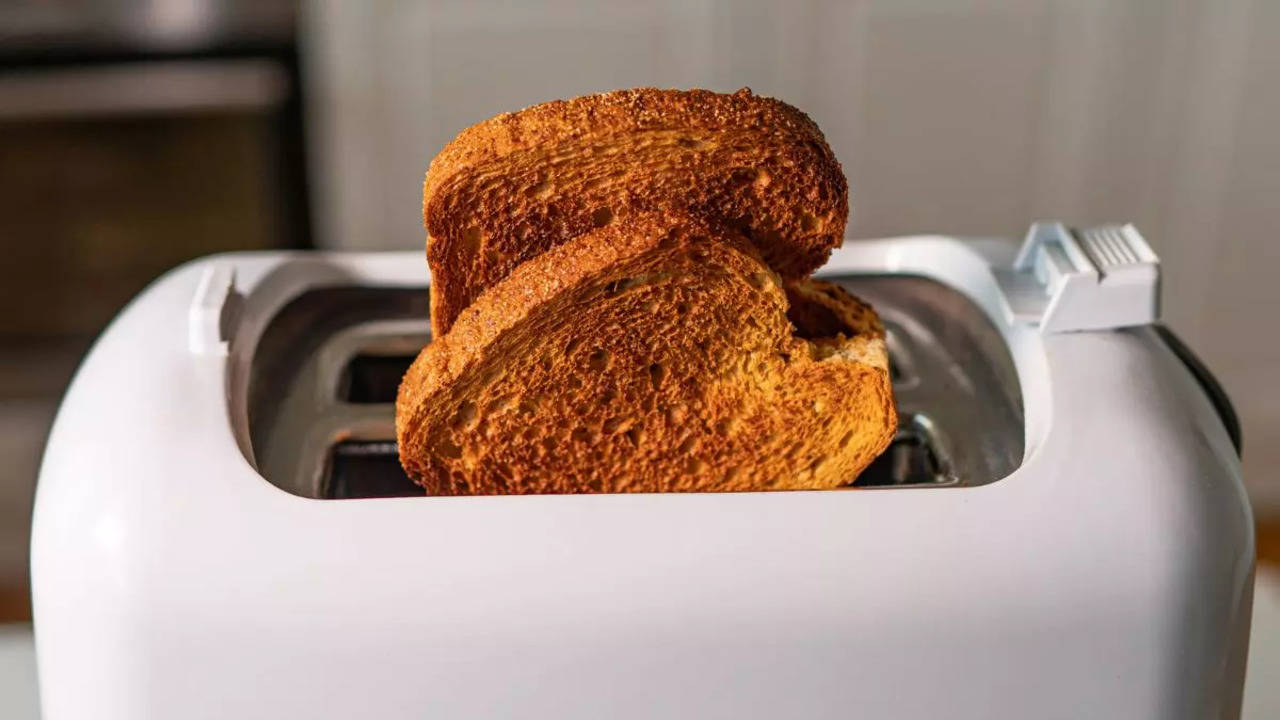
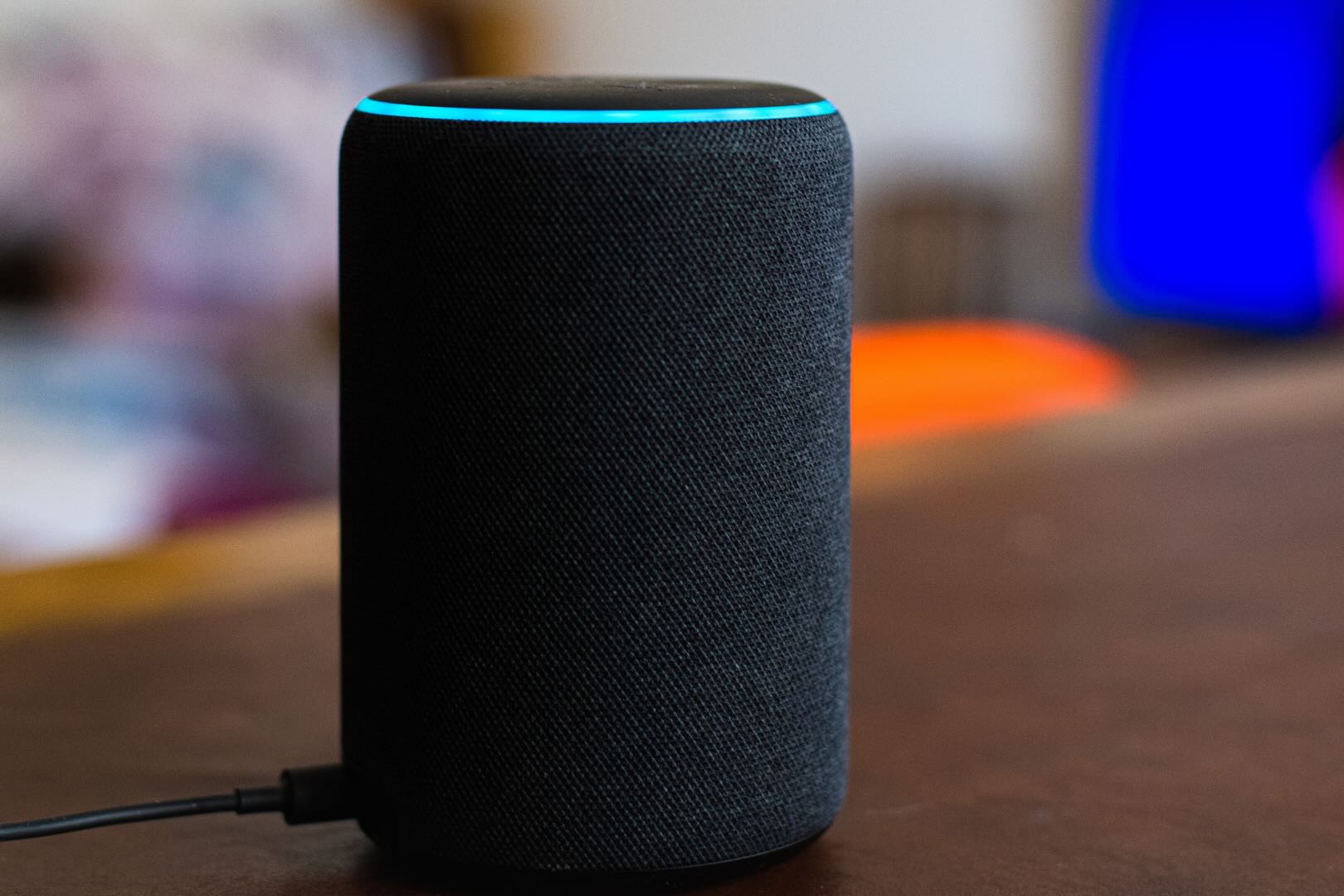
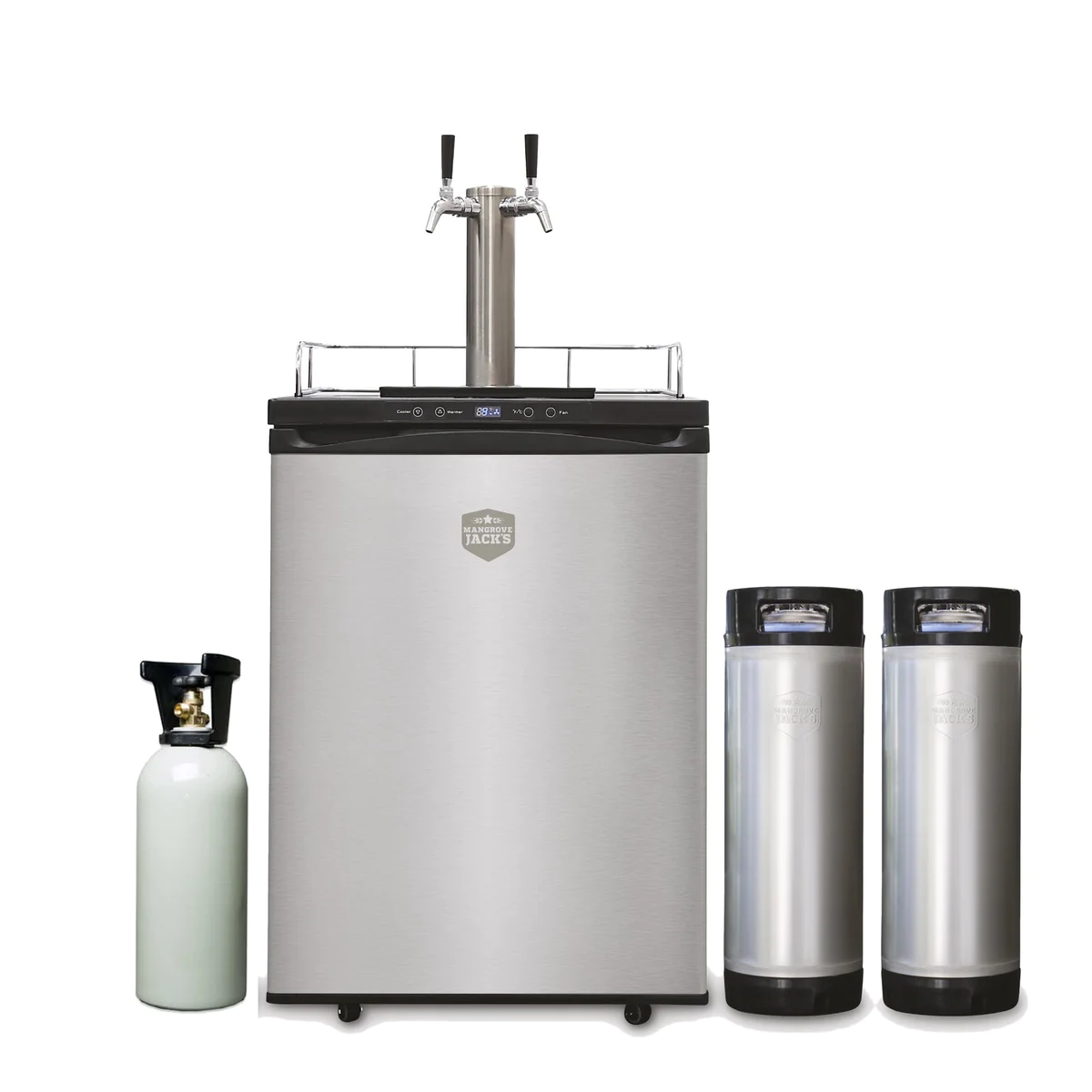
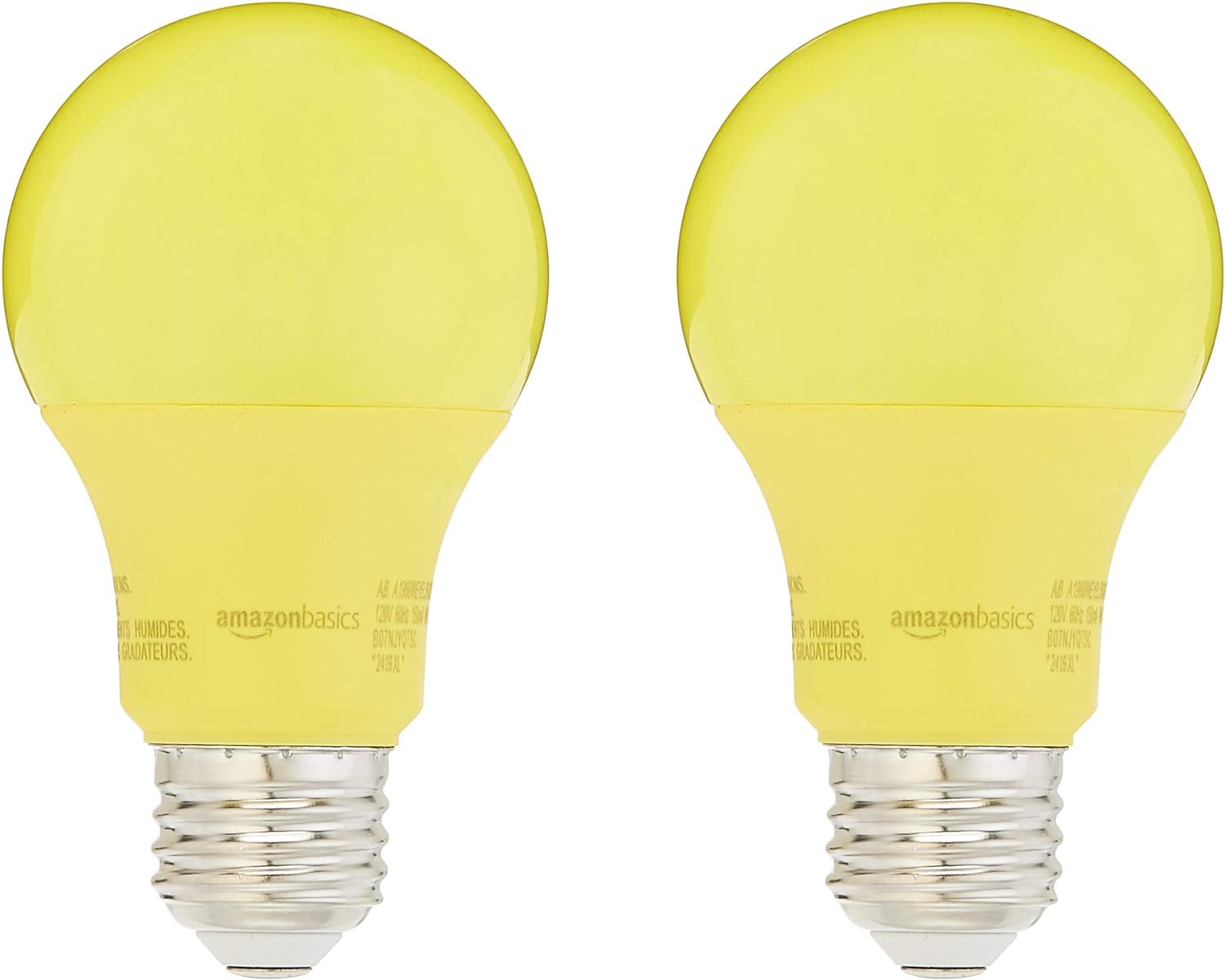
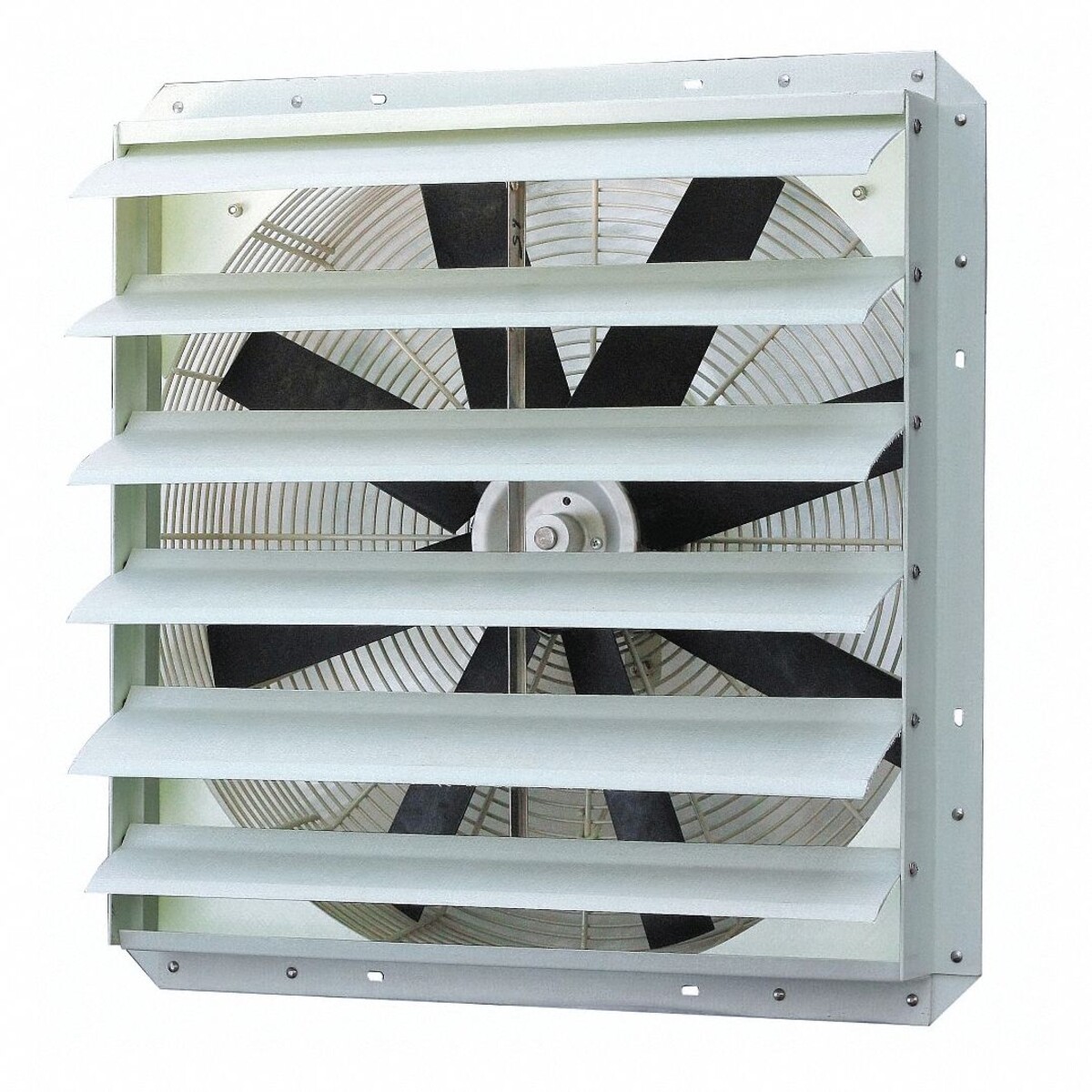
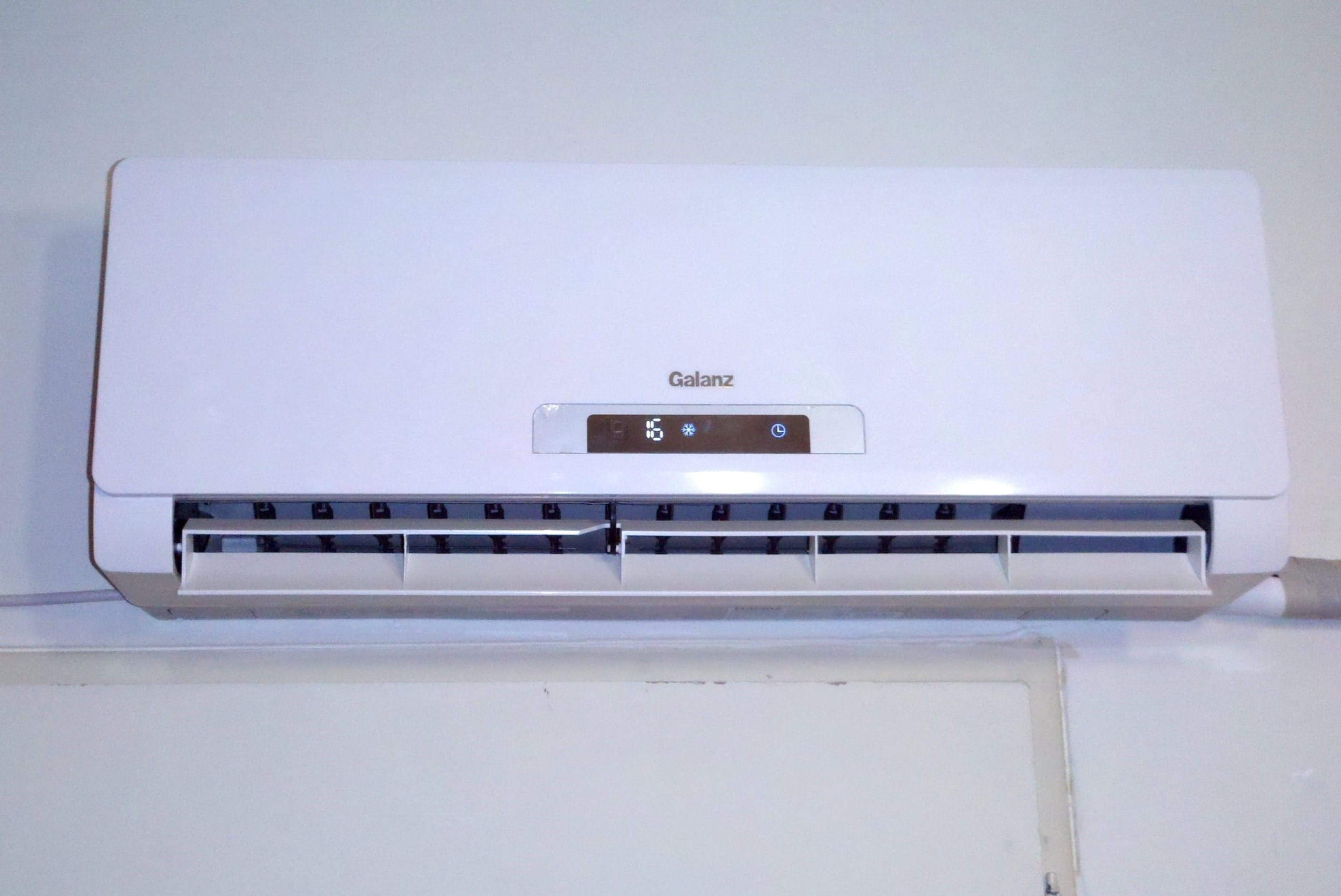
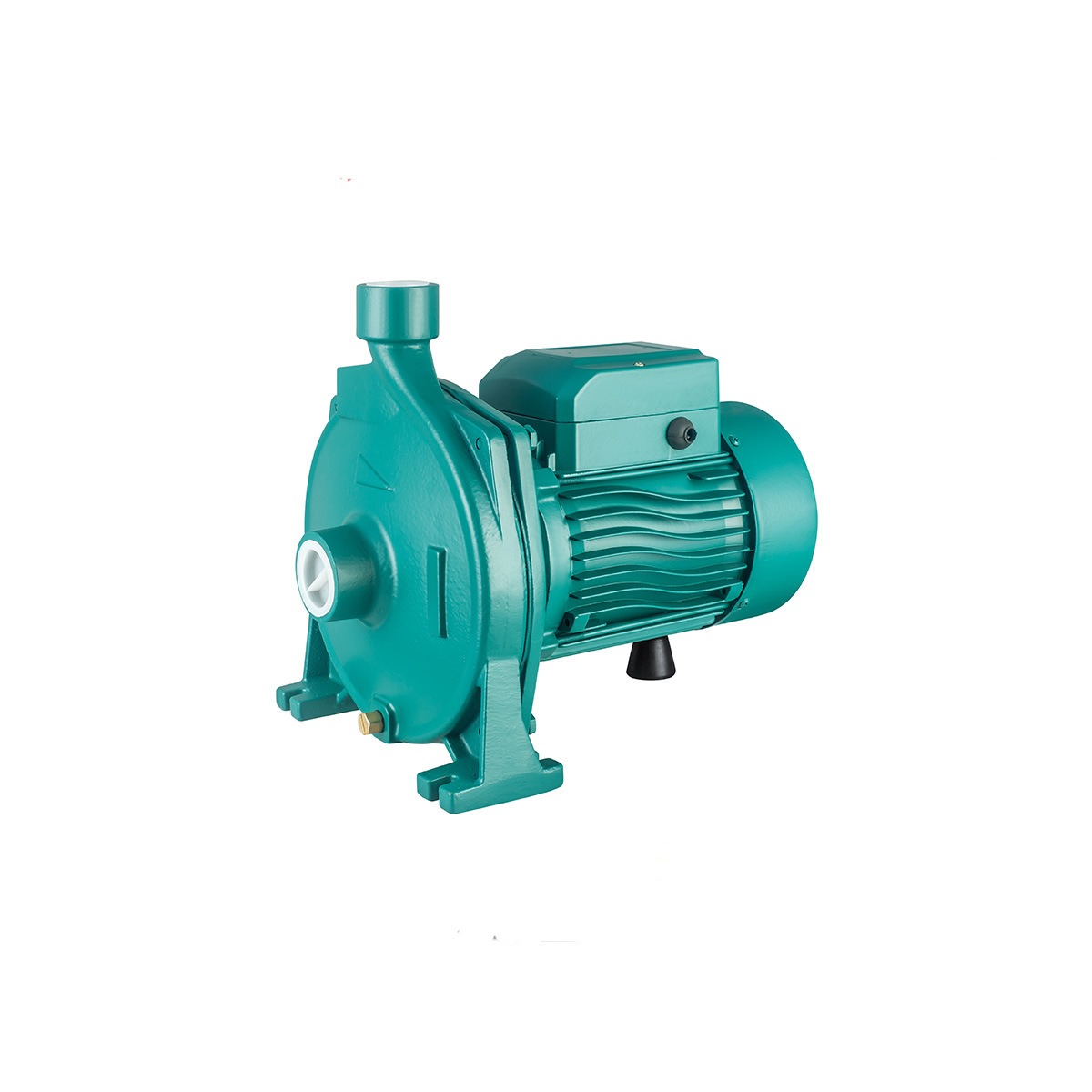
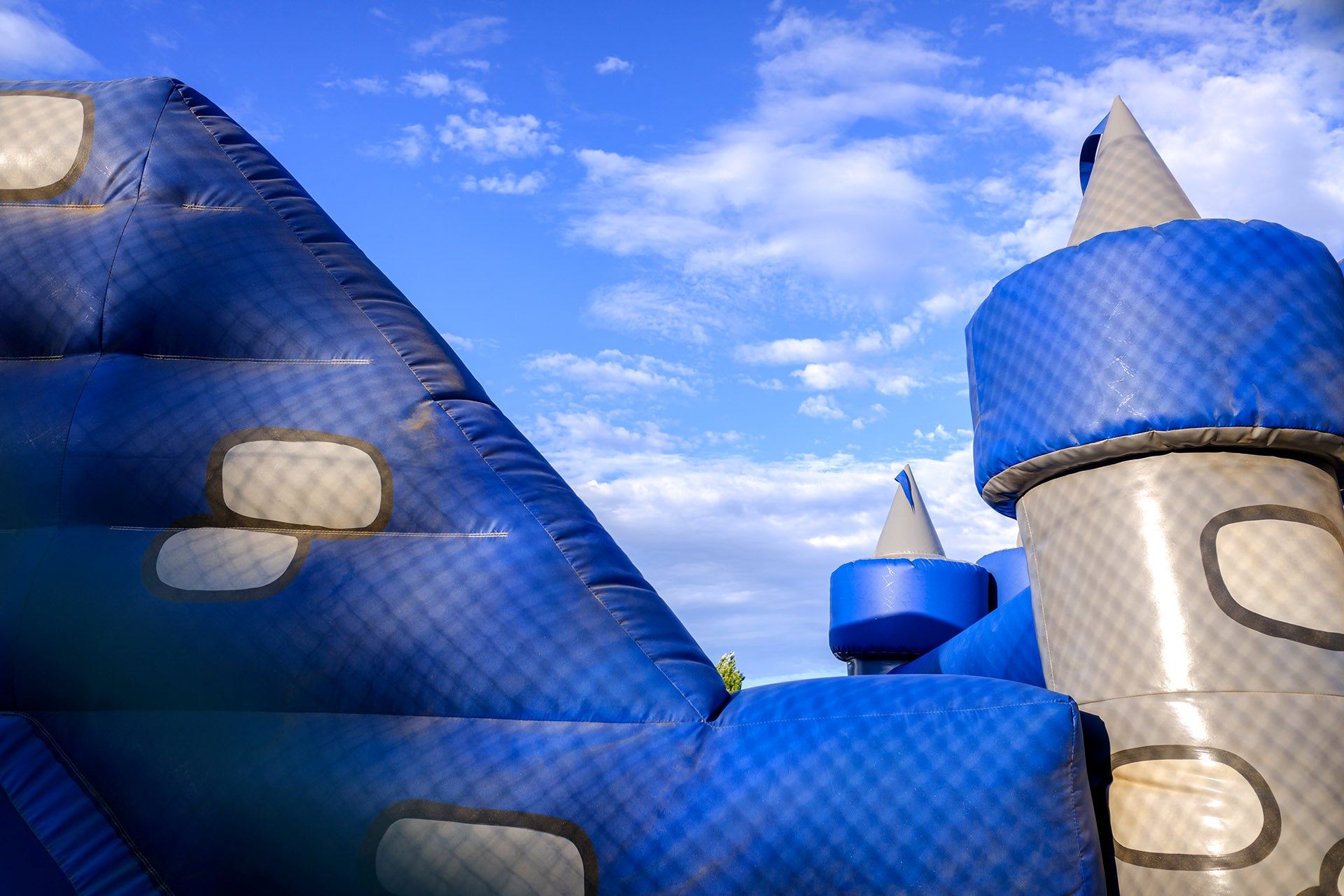
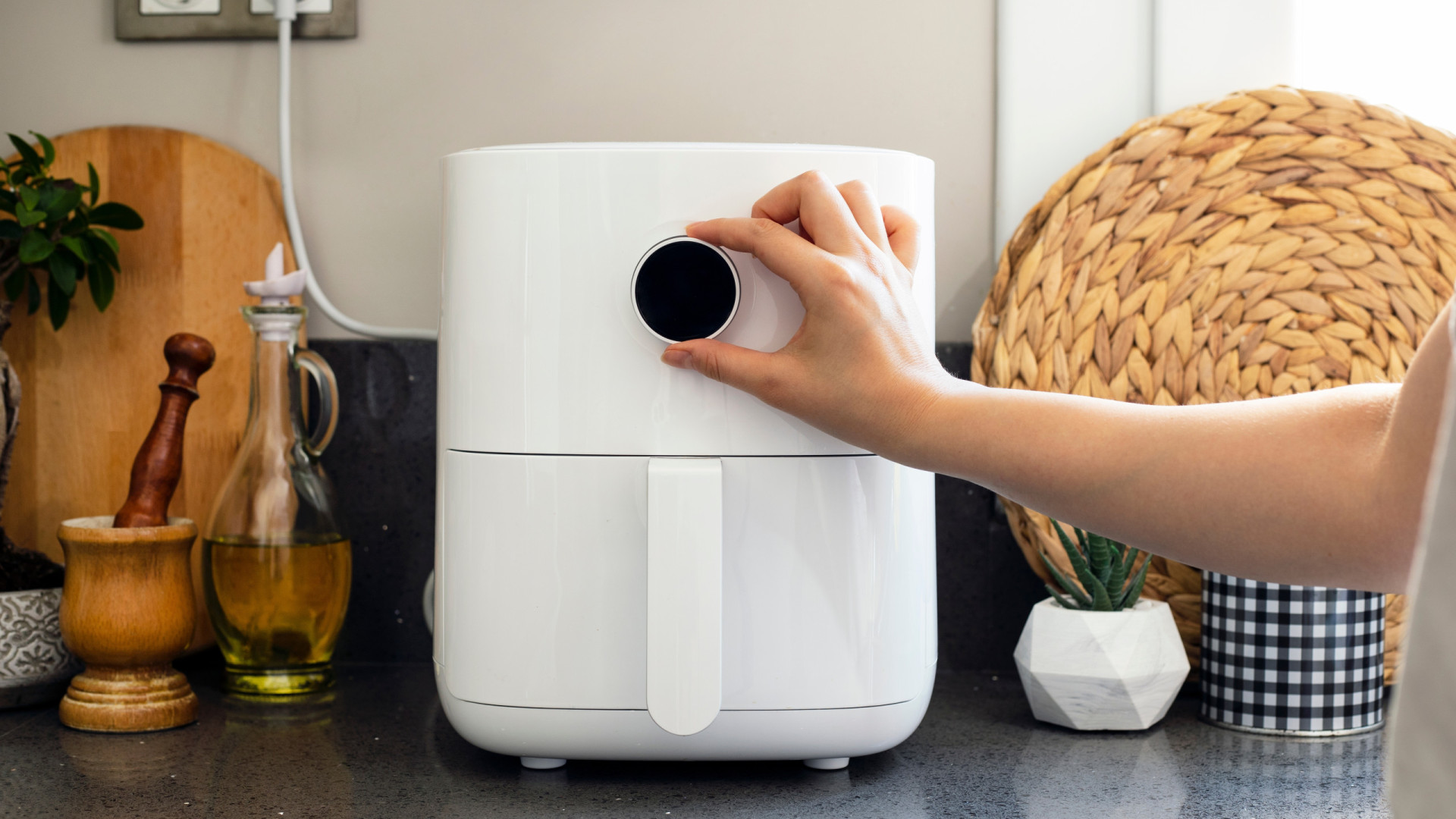

0 thoughts on “How Many Watts Does An Exhaust Fan Use”